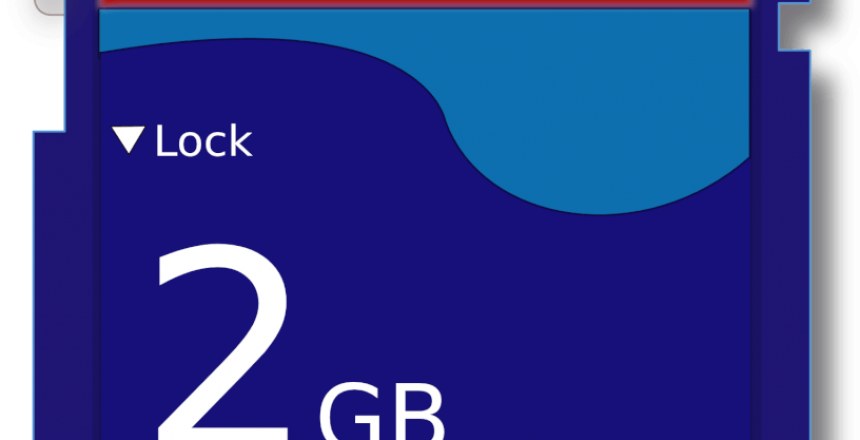It wasn’t long ago that if you had said that your computer would have gigabytes of RAM that people would have looked at you funny and said that would be hard drive storage or tape drive storage. However, this is where we are with technology.
What is a gigabyte?
When I was in primary school, I learnt to count big numbers by dividing the number into columns. This is known as the decimal system or base 10.
Th
H
T
U
1
2
3
4
So the number 1234 is 1 in the thousands, 2 in the hundreds, 3 in the tens and 4 in the units column.
However, computers work in two states, on and off, or 1 and 0. This is known as binary, and each column is called a binary digit or bit (b). In order for a computer to represent a number larger than 1, it has a 2 column, a 4 column and so on.
8
4
2
1
1
0
1
0
In binary, 1010 means 8 + 2 or 10. 4 bits together is called a nybble. 8 bits together is called a byte (B).
If you double each column, eventually you get to 1024 bytes and that is referred to as a kilobyte.
Likewise, 1024 kilobytes is a megabyte and 1024 megabytes is a gigabyte.

Hard drives
To give you some idea of how big a 1GB hard drive used to be in 1981, weighing in at 29 kg (64lb) the IBM 3380 hard drive broke the 1GB storage barrier.
10 years later, IBM would squeeze 1GB into a 3.5″ hard drive.
Currently, the largest hard drive (solid state drive) is the Nimbus Exadrive at 100TB, and 1TB is 1024 GB. However, it’s cost is $40,000.

